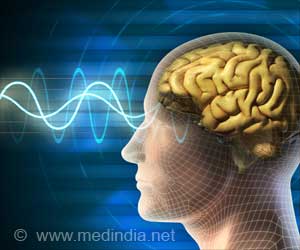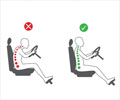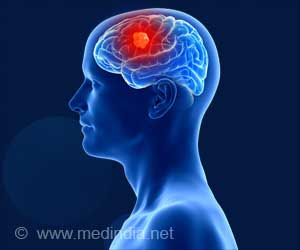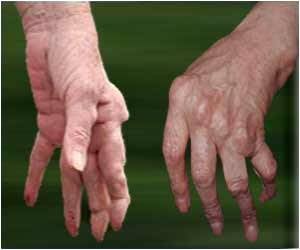Osteopathy, the physical manipulation of the body’s tissues and bones, may help reduce the pain linked to musculoskeletal conditions.
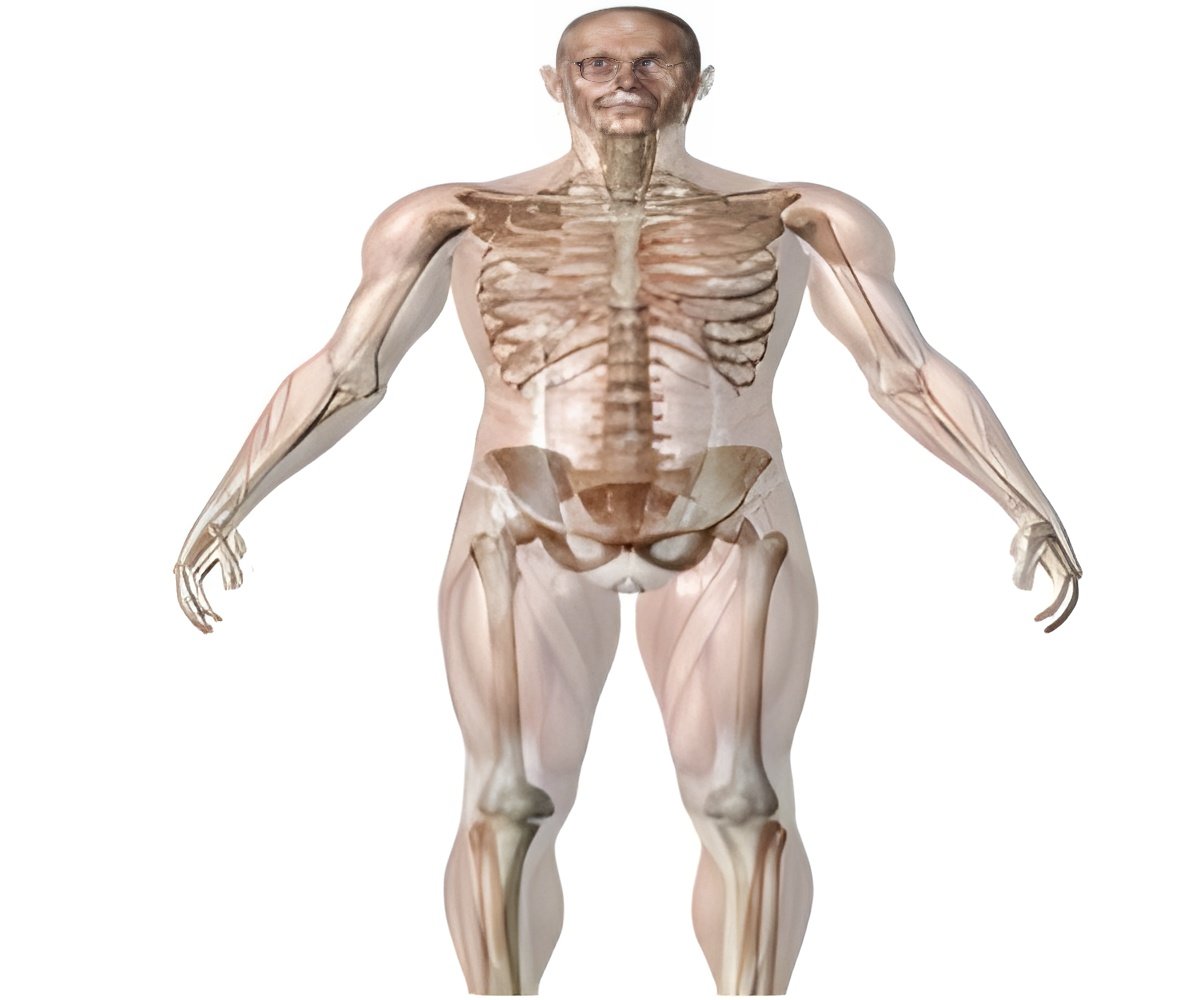
‘Osteopathy could be effective in the management of musculoskeletal disorders, specifically with regard to chronic non-specific low back pain and low back pain
in pregnant women or those who have just had a baby.’





Osteopathy, which was first developed in the late 1800s in the USA, is based on the principle that the structure (anatomy) and function (physiology) of a person’s body are intertwined. It aims to repair imbalances in this relationship. In common with other forms of complementary medicine, osteopathy has grown in popularity over the past decade, particularly for the treatment of musculoskeletal disorders. The researchers therefore wanted to assess its safety and effectiveness for different conditions.
They trawled research databases for systematic reviews and pooled data analyses (meta analyses) of relevant randomized controlled clinical trials, published up to November 2021.
Only trials carried out by doctors with osteopathic training or osteopaths were included.
The search uncovered nine systematic reviews or meta analyses conducted between 2013 and 2020, involving 55 primary trials and 3,740 participants.
Advertisement
Osteopathy for Musculoskeletal Disorders
The systematic reviews reported on the use of osteopathy in a wide range of conditions, including acute and chronic non-specific low back pain, chronic non-specific neck pain, chronic non-cancer pain, primary headache, and IBS.The pooled data analyses reported that osteopathy is more effective than other approaches in reducing pain and improving physical function in acute/chronic non-specific lower back and neck pain and in chronic pain not associated with cancer.
Advertisement
But small sample size, contradictory findings, and wide variations in study design meant that the evidence on the effectiveness of osteopathy for use in children with various conditions, ranging from attention deficit hyperactivity disorder to asthma and infantile colic, and the treatment of migraine and IBS, was limited or inconclusive.
No serious side effects associated with the therapy were reported in the seven systematic reviews that evaluated them, although only two defined how these were measured.
“In contrast, inconclusive evidence was derived from (systematic reviews) analyzing osteopathy efficacy on paediatric conditions, primary headache, and IBS,” they add. “Nevertheless, based on the low number of studies, some of which are of moderate quality, our overview highlights the need to perform further well-conducted [systematic reviews] as well as clinical trials (which have to follow the specific guidelines for non-pharmacological treatments) to confirm and extend the possible use of (osteopathy) in some conditions as well as its safety,” they conclude.
Source-Eurekalert


